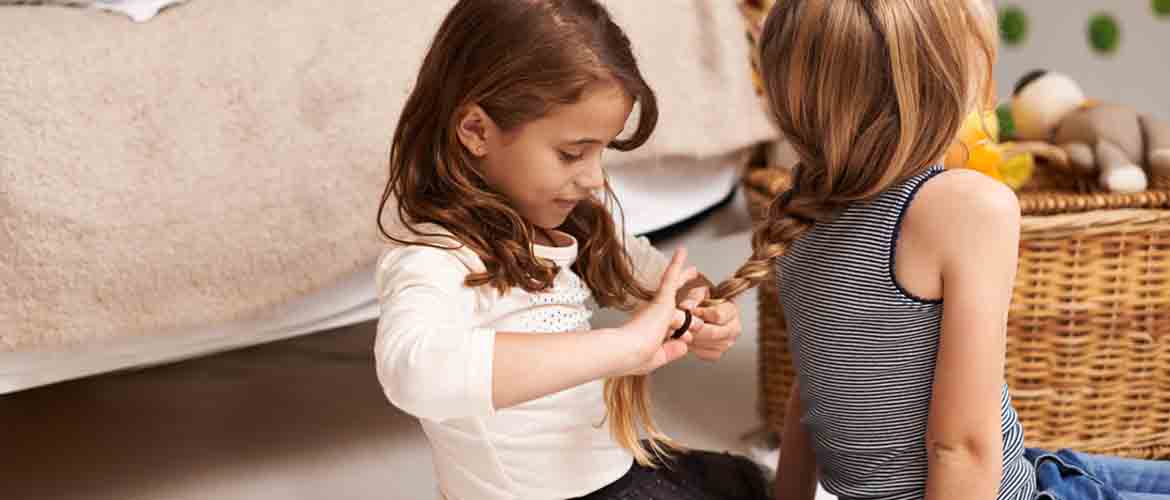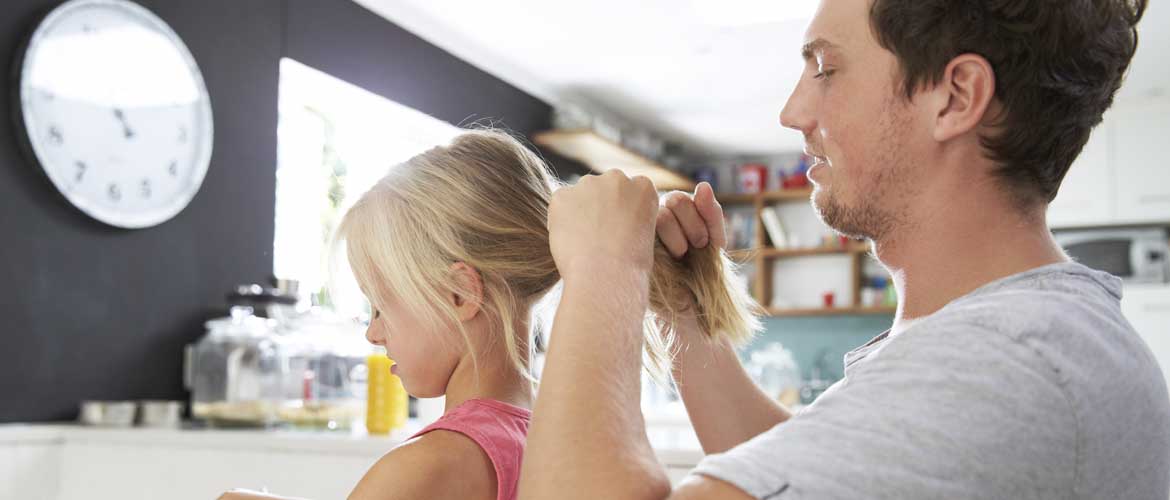Nothing brings out the ick factor quite like the thought of having lice. And, unfortunately, these icky little critters are a common complaint among the young. The CDC estimates that there are between 6-12 million infestations each year in the U.S. in children 3 to 11 years old.1
If you notice your child scratching her head excessively, or if you see what you think are lice in your child’s hair, stop by your local MedExpress center. Our friendly medical team can help diagnose a head lice infestation quickly and give you helpful advice for treating these itchy and irritating pests.
What Are Lice?
Head lice are insects that are about the size of a sesame seed. These tiny bugs feed on human blood and can be found on the scalp, neck, eyelashes, and eyebrows.
Head lice do not carry or transmit disease, but they can be bothersome. They are spread from direct head-to-head contact, and can survive for short periods of time on clothes, hats, bedding, and brushes or combs.
Lice are common in young children – those in daycare and elementary school – mainly because children have more head-to-head contact when playing and learning together. Lice are not due to poor hygiene or uncleanliness, and they cannot be spread from dogs, cats, or other pets.

Symptoms of Lice
Actually seeing lice in your child’s hair is one of the most typical symptoms of a lice infestation. Lice are small, but they can be seen with the naked eye. A magnifying glass can help you see them more clearly. And, often, combing through wet hair makes it easier to see these tiny troublemakers.
What to look for:
- Small bugs that are white, brown, or dark grey
- Seeing lice in the hair at the back of the neck or behind the ears
- Round or oval nits (lice eggs) that are “glued” to hair near the scalp
Another common symptom is itching of the scalp, behind the ears, and at the back of the neck. The itching is caused by an allergic reaction to a louse bite.

Lice Treatment
When your child has lice, you’ll need to treat it. Because, unfortunately, a lice infestation doesn’t go away on its own. When you first suspect lice, you should do the following:
- Get it diagnosed at your doctor’s office or at an urgent care center, like MedExpress
- Notify your child’s school
- Check the rest of your family for signs of lice
- Treat all people who have lice at the same time
Usually lice can be treated at home with over-the-counter (OTC) treatments, such as with medicated shampoos or rinses. Most of these treatments contain extracts of chrysanthemum or a synthetic version (pyrethroids). Closely follow the age recommendations on the packaging.
In conjunction with the medicated treatments, some people use fine tooth combs to comb out the lice and nits. Many physicians will recommend a second treatment 9 to 10 days later.
Also, be sure you keep an eye on any bites that have been scratched too vigorously. Constant scratching can open the skin and lead to an infection (cellulitis).
Finally, bedding and stuffed animals should be put in plastic bags and sealed tight for several days. Lice need human blood to survive and they don’t live long without it. Sealing them in bags helps to block them off from their food source as well as keep them from coming into contact with another person.
Super Lice?
No, this isn’t a bad comic book superhero. Some lice have become resistant to common OTC treatments that contain pyrethroids. These hard-to-treat lice have been dubbed “super lice” and can be found throughout the United States.
These types of lice can still be treated with OTC or prescription shampoos and rinses, but it may require a little more effort and help from a local healthcare provider.
Preventing Lice
There are some things you can do to try to prevent lice. Teach children to avoid head-to-head contact with their friends and schoolmates. And make sure everyone in the family avoids sharing brushes, hats, and hair accessories.
References:
1 CDC: About Head Lice. Updated June 14, 2024. Accessed August 1, 2024.
